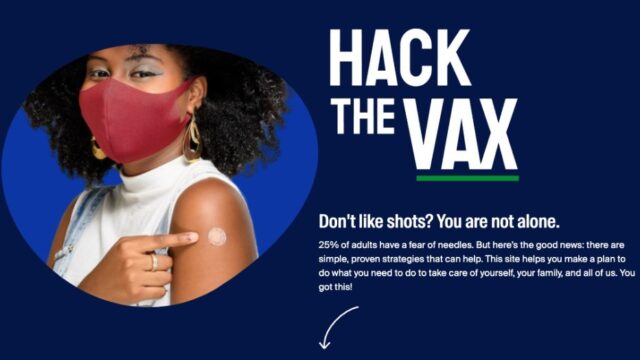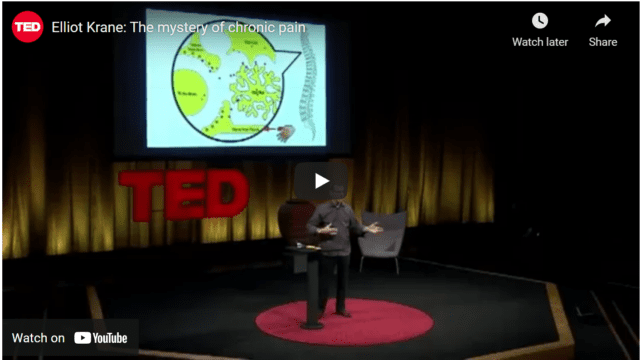“But You Look Fine…”: Gender Bias And Pain Care
Dr. Grace Kao's personal account (backed by powerful research) highlights how gender and bias play out when it comes to treating women's pain.
Grace Kao, PhD, ABPP
Tweens & Teens (12+) Acute Pain Chronic Pain Procedural Pain English
Share this:
There has never been a time I wished for a piece of technological equipment to work more than when I was desperately trying to will a blood pressure monitor into submission during my final hours of labor. From my hospital bed, I could see three nurses huddled around the stubborn machine, pressing buttons and talking amongst themselves. All I could hear was the sound of my breath as the air circled noisily inside my face mask. Every half minute or so, my insides tightened in violent contractions, and pain swelled, pushing roughly into my hips. I glared at the faulty blue box. It remained unyieldingly dark. Great. Despite my best efforts, there was no sign of telepathic repair.
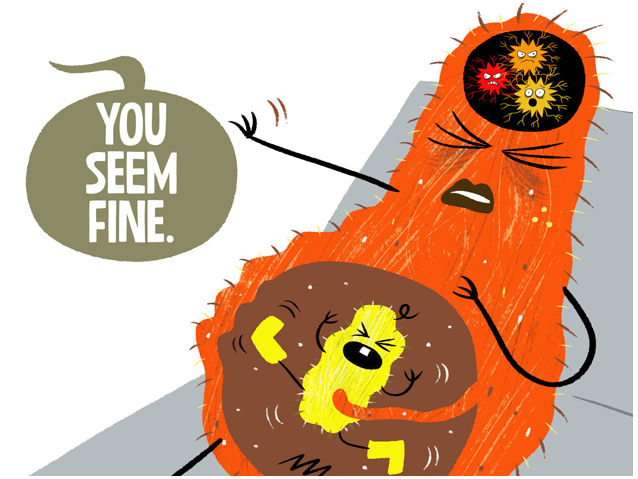
My birth plan had included an epidural. Yes, I will take an injection of pain medication into my spine to be better focused on my baby’s first moments in this world, thank you. Or so I thought. They tell you to mentally prepare for a birth plan, well, not going according to plan. “This is,” I thought to myself, “very much not going according to plan.”
In all the scenarios my needlessly active brain had come up with, though, there was no circumstance in which a blood pressure machine suddenly warps into my arch-nemesis. “No blood pressure, no epidural,” my medical team told me. All I could do was wait.
Spoiler alert: the epidural never came.
Through a perfect storm of events with the broken machine, the fact that it was a weekend, and the lone onsite anesthesiologist called to a different case, I ended up laboring through a natural birth with my daughter in all its painful glory. When women say there is nothing like childbirth pain, believe them.
In looking back, I am grateful for my daughter’s safe delivery, the care and coaching I received, and the raw and tender experience of a natural delivery. Still, it was a natural delivery that did not happen by choice, and in many ways, could have been much better supported. My pain care could have been given much more focus and priority. From the time I arrived in triage, I remember receiving comments from care providers about how “calm” I appeared or surprise at how far along in the laboring process I was without more outward expressions of pain. “You may not even need an epidural,” one provider told me.
It made me wonder, “How do we, as women, experience and receive quality pain treatment? Does just being a woman affect how (and if) we are treated for pain? Does gender matter?”
Does gender matter in pain care?
The research unequivocally says YES.
A review of many studies about gender and pain sums it up well. The researchers wrote that women have more pain but their reports are taken less seriously, their pain is more often dismissed or downplayed, and the pain medication they are prescribed is less adequate, when compared with men6.
Simply put, women are less likely to be believed about their pain, more likely to be undertreated for pain, and left in pain for longer periods of time.
Hard to believe? Most definitely. Backed by research? Absolutely.
Researchers have found that, compared to men, women are less likely to be given any medication for pain relief and have to wait longer to get those medications.1–3 4
So, how does this happen? How do we explain this gender gap?
Researchers have studied whether it’s a matter of how frequently women versus men ask for better care. That answer: no differences found. Instead, researchers have started to look into how gender biases and stereotypes affect care decisions that providers make 4. For example, in one recent study, hundreds of doctors were asked to review and give recommendations on a patient case, where gender was the only difference in the information provided. The results showed that the doctors tended to see men as more sensitive to and be less able to tolerate pain than women.
Even though all other information was the same, providers were less likely to suggest diagnostic imaging for women, compared to men. They also prescribed women lower doses of pain medications 5 .
The takeaway? Gender does matter.
“Nobody even believes me!”
As a pain psychologist, I often have the privilege of listening to patient stories. A teenage girl (we will call her “Kate”) with chronic headaches recently explained to me how upset and disappointed she was about her healthcare providers and friends dismissing her pain. Kate shared how her friends had started rumors about her faking pain to avoid certain school assignments or tests.
The rumors got so bad that over time, Kate began to distance herself from friends and really did stop attending school to avoid all the negative comments. She added that when she described her pain to her doctors, they would often tell her she simply needed to drink more water and stress less.
“How am I supposed to be less stressed when nobody even believes me?” she pointed out.
Research suggests that people tend to believe that women exaggerate pain more than men7
Kate, unfortunately, is not alone. Research suggests that people tend to believe that women exaggerate pain more than men7 . Kate’s observation is on point, as we debriefed, Kate and I agreed that pain can be this tricky thing, this invisible symptom that is hard to explain and many times, hard to understand.
We also agreed that more than anyone else, she is the one who knows her pain experience best. Kate thrived from this validation and with medication, physical therapy, and behavioral health support, learned how to manage her pain better and eventually returned to school.
Believe women. Do better.
When women report pain, believe them. This is at the heart of this issue. Gender does affect how pain is treated. Our research clearly points out this is happening. For women, we can take assurance in knowing that pain is real, even if there are others and systems dismissing or downplaying these symptoms.
For all of us, we must take a hard look at the viewpoints, stereotypes, and biases we carry about men, women, and pain. For many people, stereotypes and biases can be so hard to change because they are not thoughts or ways of thinking we intentionally set out to have. It often takes some soul-searching, education, uncomfortable conversations, and lots of effort to understand how to do better. But change is possible.
Believing and validating women’s pain experiences is a good place to start. In doing so, we can help to raise awareness, challenge stereotypes, and advocate for a healthcare system that treats all patients with dignity and equality.
Citations
1. Chen, E. H. et al. Gender Disparity in Analgesic Treatment of Emergency Department Patients with Acute Abdominal Pain. Acad. Emerg. Med. 15, 414–418 (2008).
2. Wimbish, L. A., Simpson, J. R., Gilbert, L. R., Blackwood, A. & Grant, E. A. Examining Racial, Ethnic, and Gender Disparities in the Treatment of Pain and Injury Emergencies. HCA Healthc. J. Med. 3, (2022).
3. Lord, B., Cui, J. & Kelly, A.-M. The impact of patient sex on paramedic pain management in the prehospital setting. Am. J. Emerg. Med. 27, 525–529 (2009).
4. Lloyd, E. P., Paganini, G. A. & ten Brinke, L. Gender Stereotypes Explain Disparities in Pain Care and Inform Equitable Policies. Policy Insights Behav. Brain Sci. 7, 198–204 (2020).
5. Schilter, L. V. et al. Gender-based differential management of acute low back pain in the emergency department: A survey based on a clinical vignette. Womens Health 20, 17455057231222405 (2024).
6. Samulowitz, A., Gremyr, I., Eriksson, E. & Hensing, G. “Brave Men” and “Emotional Women”: A Theory-Guided Literature Review on Gender Bias in Health Care and Gendered Norms towards Patients with Chronic Pain. Pain Res. Manag. 2018, (2018).
7. Schäfer, G., Prkachin, K. M., Kaseweter, K. A. & Williams, A. C. de C. Health care providers’ judgments in chronic pain: the influence of gender and trustworthiness. Pain 157, 1618–1625 (2016).
You May Also Be Interested In

Video
Be Sweet to Moms and Babies for Providers
Performing baby blood tests while breastfeeding or holding skin to skin
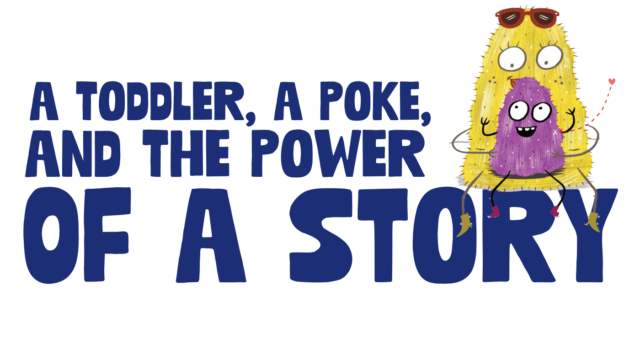
Blog Post
A Toddler, A Poke, And The Power Of Story
Dr. Grace Kao, a board-certified clinical health psychologist and member of the Meg Foundation advisory board, discusses the importance of stories and how they helped one little boy get through his poke.
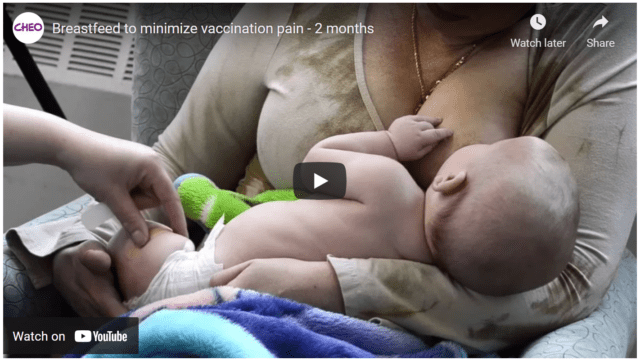
Video
Be Sweet to Babies at Vaccination Time: less than 6 months old
How to reduce crying and pain during babies' immunizations!
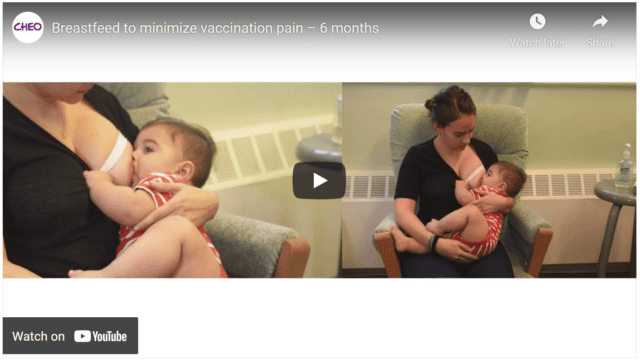
Video
Be Sweet to Babies at Vaccination Time: older than 6 months
How to reduce crying and pain during older babies' needle pokes

About the Author
Grace Kao, Ph.D., ABPP is a pain psychologist and associate professor at The University of Texas MD Anderson Cancer Center. She is also the founding psychologist of the interdisciplinary chronic pain clinic at Texas Children’s Hospital and former faculty clinician at Baylor College of Medicine. She spends her time supporting patients and families who are navigating the journey of chronic pain, providing instruction and consultation in the area of pain psychology, and writing about health and healing.
